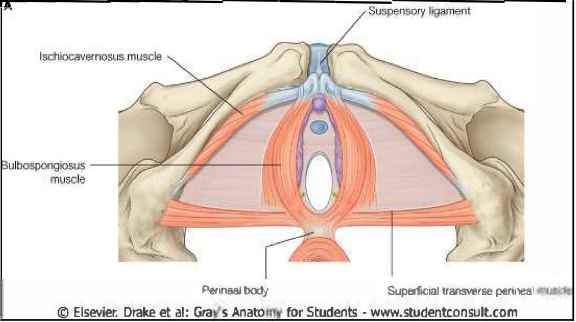Kegels 101
Kegels 101
Kegels or pelvic floor muscle contraction (PFMC) exercises. You’ve probably heard about them, you may have been told in passing that you should be doing them, and you’ve probably even tried them a time or two.
But has anyone REALLY told you HOW to do them… how to do them properly… when to do them… why you should do them?
Even when you’re verbally instructed with pretty good instructions on how to do them, many folks still do them incorrectly. In one study by Bump in 1991, after participants were told how to do a PFMC, 60% did the contraction really well, 40% did it correctly but not with enough umph, and 25% did them in a way that could actually contribute to incontinence (peeing when you don’t want to).
This is not to scare you AT ALL but to point out the fact that they can be tricky to master so if you’re having trouble, know that you aren’t alone. I believe that part of why it is so tricky for many people is that we are basically trained to ignore that whole region of our body. Looking at it, touching it, connecting with it… DIRTY! Whether we were told this specifically or not, we’ve likely received that message at some point during our lives.
BUT….
Looking at your vulva, touching your vulva, taking time to connect with your vulva is incredibly important and I would argue, vital for your health. More on this in future blogs…
So back to the PFMC …
The first 2 layers of muscle of our pelvic floor are in charge of closure of the urethra (where pee comes out of), vagina (opening to your vaginal canal and uterus, a variety of things come and go from here), and anus (where poop and gas come out of).
The 3rd layer of muscle which is the deepest layer, meaning further inside of you, attaches from the pubic bone up front to the tail bone and sacrum in the back and to the sits bones on the sides. These muscles are like a hammock that help to support all of your pelvic and abdominal organs. When these muscles engage, there is a lifting action that happens.
When we’re contracting the pelvic floor muscles we want to be thinking about both actions… CLOSING AND LIFTING.
Here are some cues that can help:
· Engage like you’re trying to stop yourself from peeing
· Engage like you had a can of beans, you’re in a crowded elevator and you don’t want to pass gas
· Imagine you’re trying to pick up a blueberry with your anus… don’t actually try to pick up anything with your anus
· Imagine you’re trying to suck up a smoothie with your vagina… again don’t actually try this at home
· Lift your bladder up to your belly button
Whichever cue works for you, works for you, there is no one cue that’s better than another for everyone.
When you’re engaging, also keep in mind that you should be able to keep the rest of your muscles relaxed… that means no tightening of your glute muscles, inner thighs, toes, jaw, etc.
In between engagements, it is essential that you are able to fully relax your pelvic floor. Often times, we’ll start with engaging for 5 seconds and relaxing for at least 5 seconds, working up to being able to engage for 10 seconds and relax for 10 seconds. ***If you are not sure if you are relaxing or feel like you cannot fully relax, please stop doing these exercises and consult with a Pelvic Floor PT like myself. ***
Note: This information is meant to be for educational purposes and does not replace medical help.
Need more? Contact me to book an appointment.



